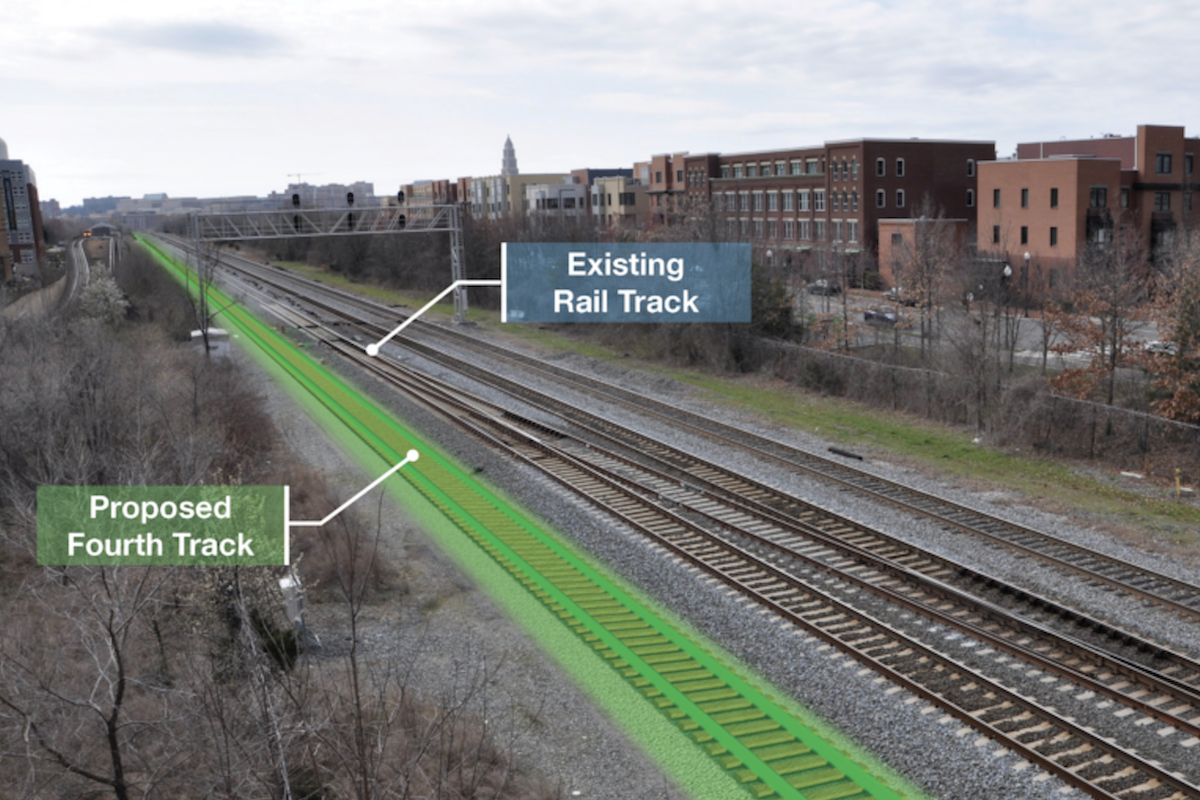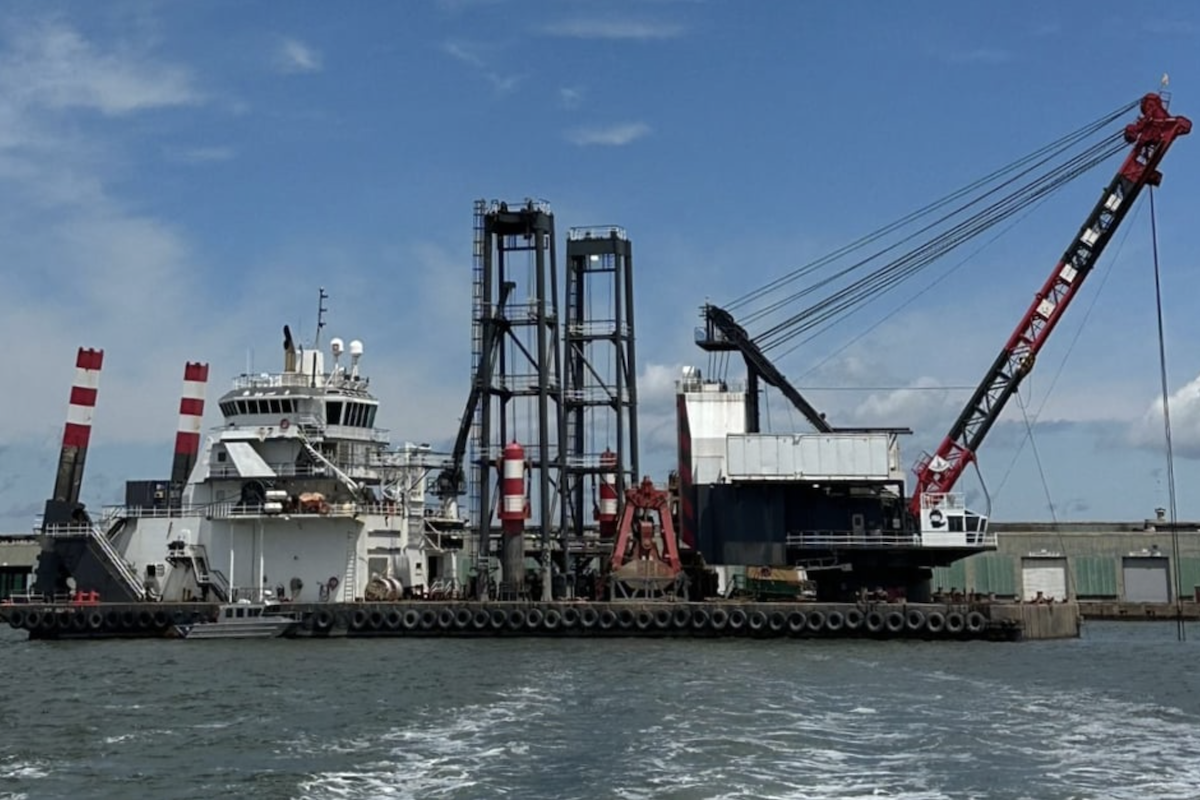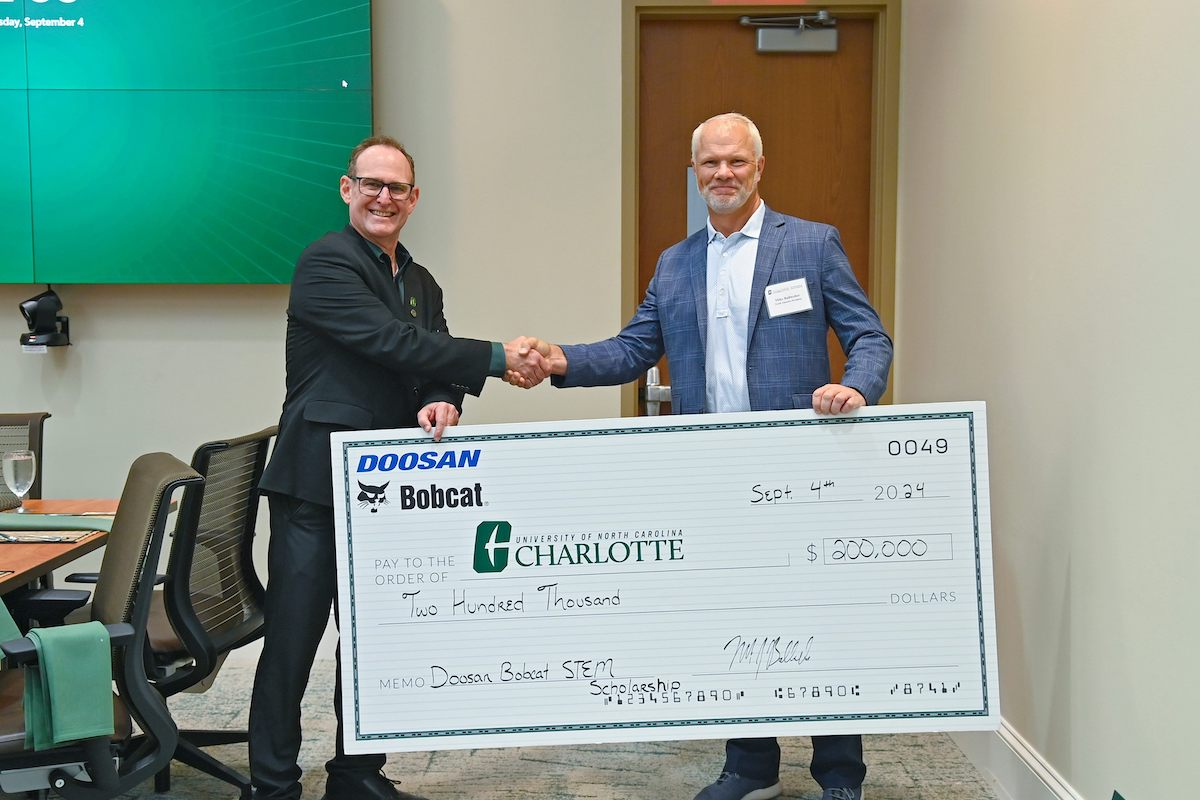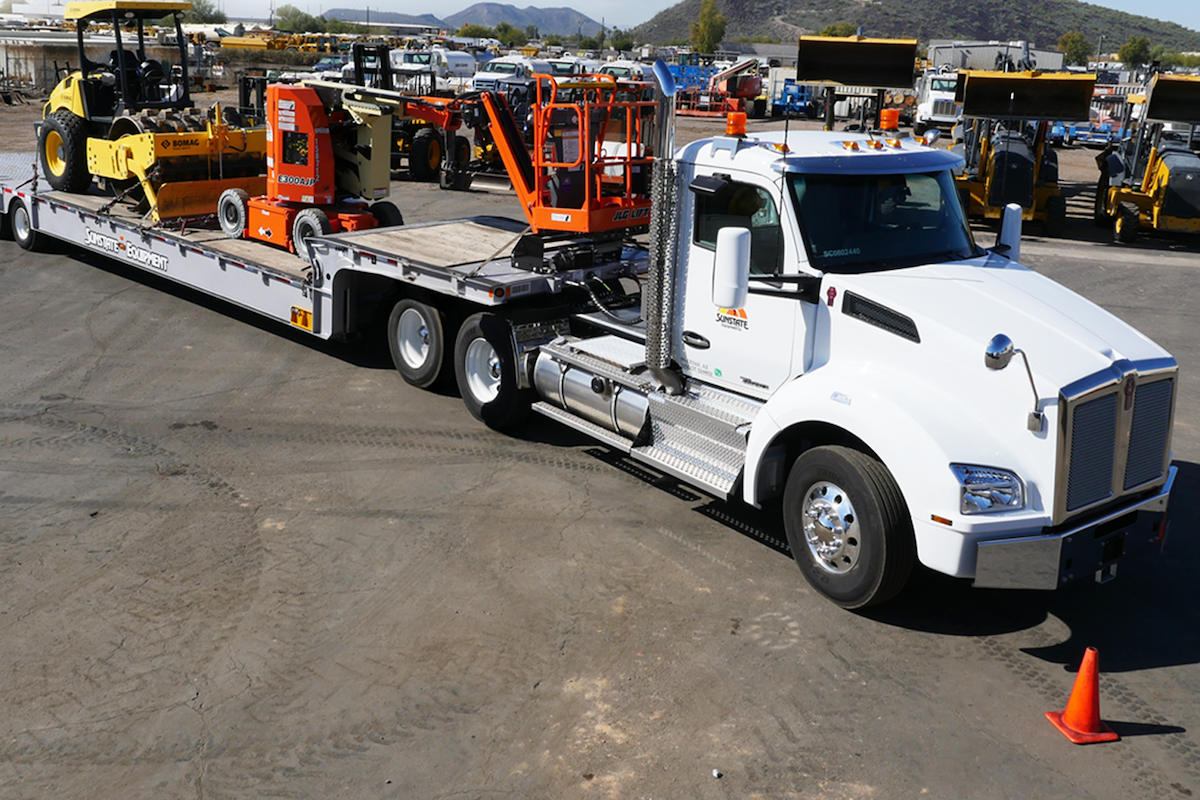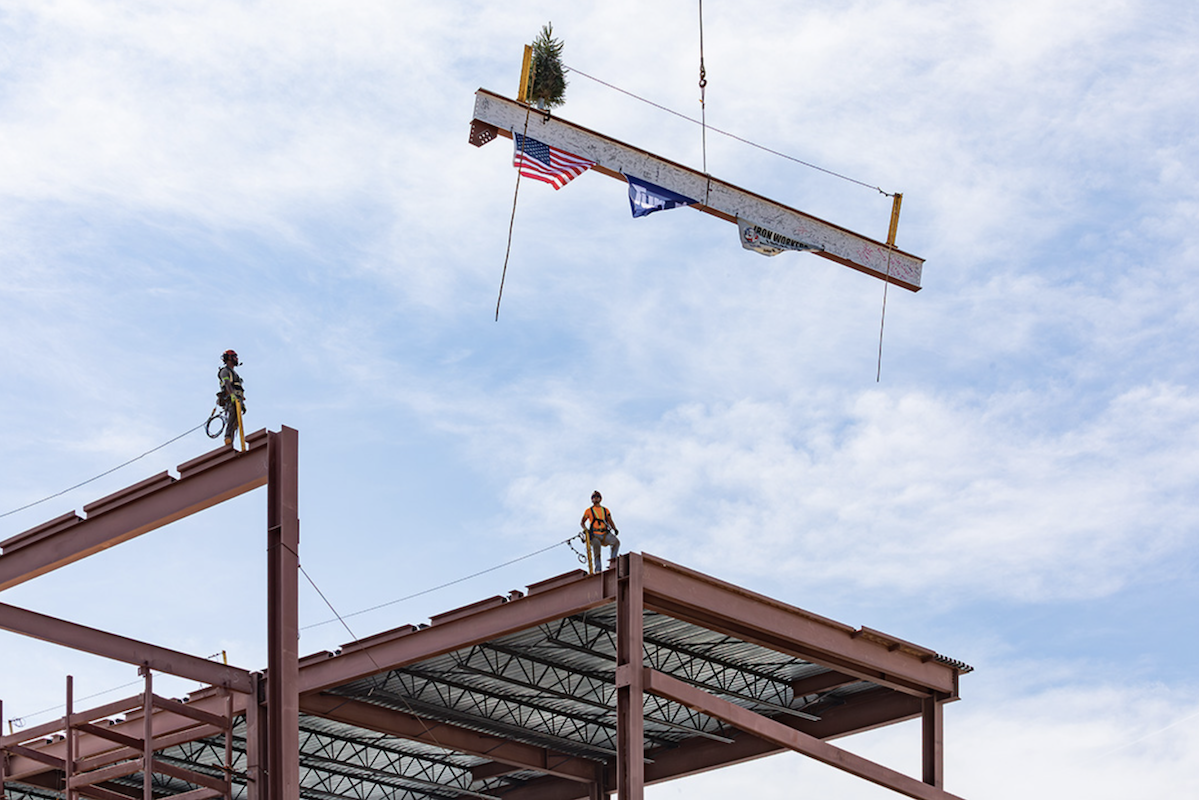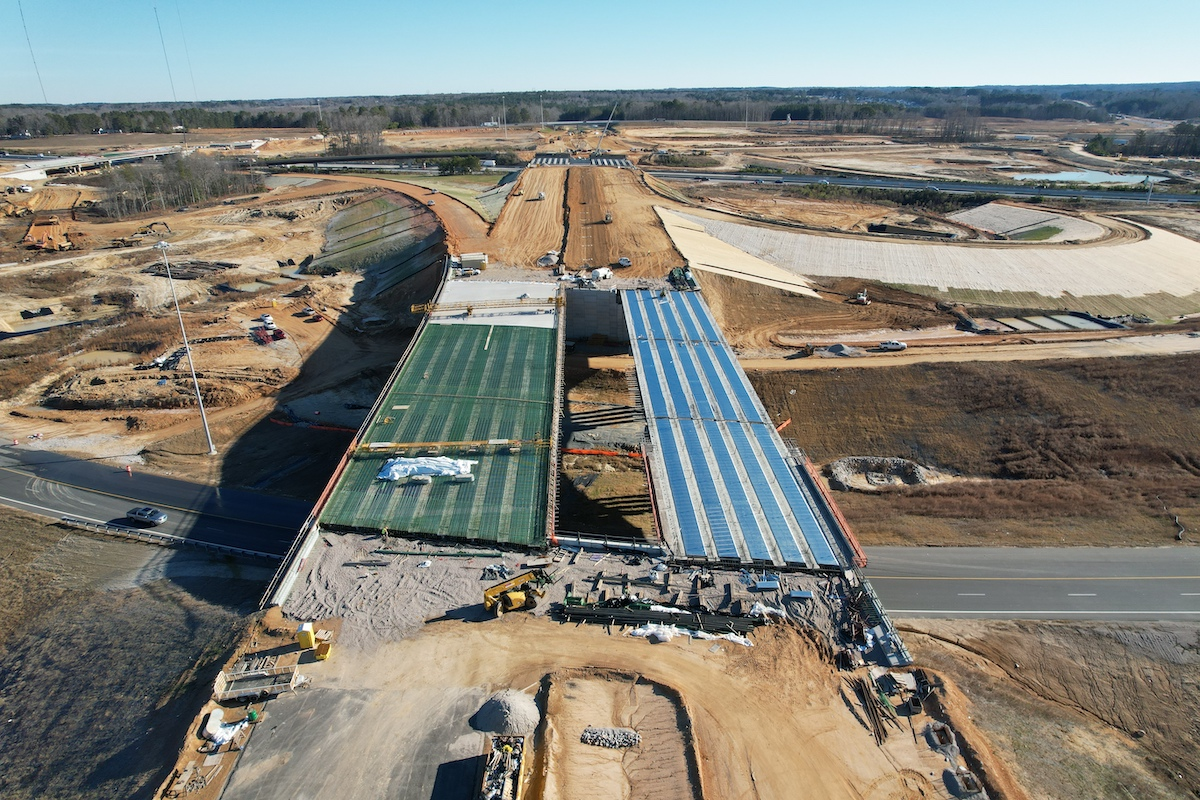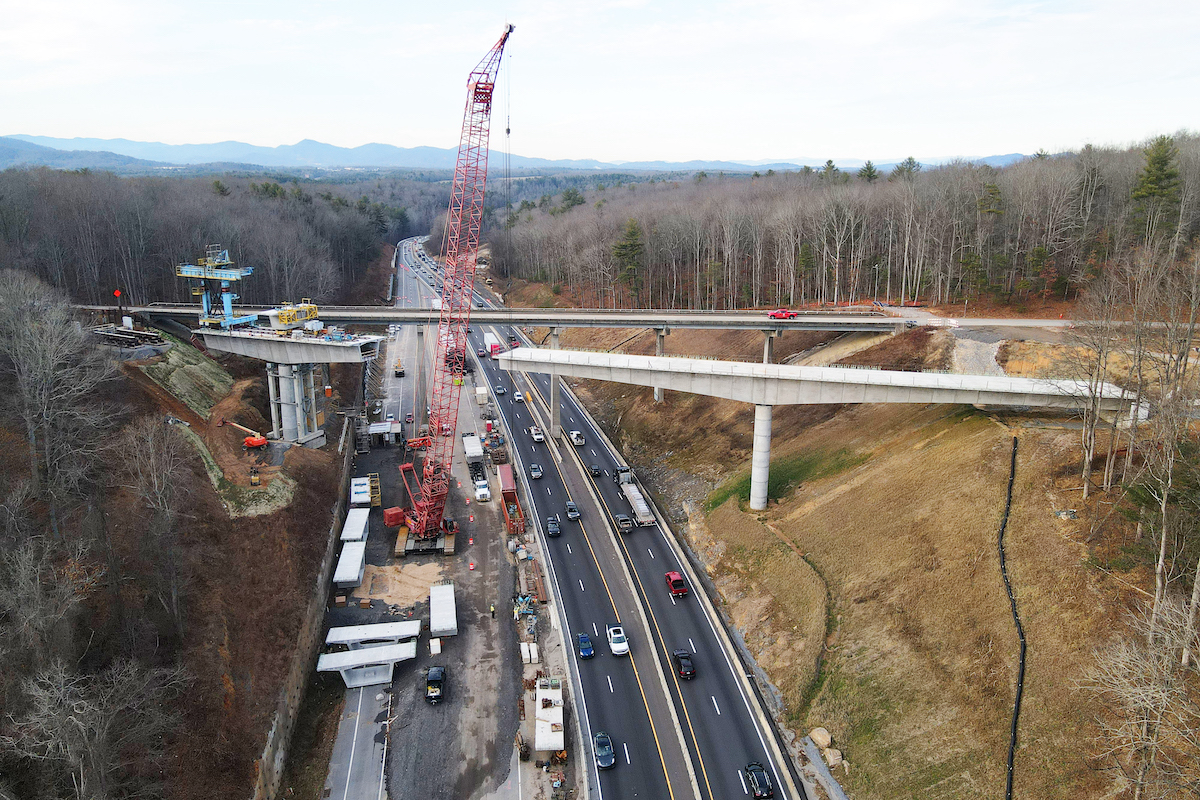“This project has deep sanitary sewer lines along the existing NRCS Lake No. 4,” said Gary West, Wastewater Utilities Superintendent for the City of McKinney. “Approximately 12,400 linear feet of the trunk sanitary sewer main is located below the natural pool level of NRCS Lake No. 4. We were concerned about water infiltration at the joints and manhole connections of the pipes, as well as degradation of the concrete manholes due to hydrogen sulfide gas. We also wanted to reduce future maintenance of the system by eliminating inflow and infiltration through a sealed system with HDPE pipe and manholes.”
Because of an average pipe depth of 25 feet – with some areas as deep as 35 feet – and a pathway with extensive groundwater through heavily wooded and historic sites, General Contractor Moss Utilities of Irving, Texas, utilizes heavy equipment, pre-excavation, mass grading, and 24/7 dewatering to safely complete the work. Moss broke ground for the project in April 2021 and is scheduled to finish in March 2022.
When the city asked Moss to consider HDPE, “We weren’t familiar with the product, so we started working with Plasson USA on pricing and methods of how it’s put together,” said Case Whitfield, Chief Operating Officer for Moss.
After reworking the construction estimate, “We were able to save the developer money by using Plasson’s Spirolite HDPE pipe instead of the typical SDR 35 pipe, since the price of PVC has skyrocketed due to resin shortages,” Whitfield said.
This project includes 18-inch-, 24-inch-, and 27-inch-diameter Spirolite totaling over 10,000 feet. To keep costs down, Plasson engineers worked with Moss to maximize the efficiency of the design and provide varying classes of pipes.

| Your local Komatsu America Corp dealer |
|---|
| Linder Industrial Machinery |
“We custom-make Spirolite for the specific soil conditions, underground water conditions, and depth of the burial,” explained Iris Jancik, P.E., Vice President of Business Development and Sales for Plasson, headquartered in Stafford, Texas. “A shallower pipe doesn’t need to be as heavy and stiff a class as a much deeper pipe. This project doesn’t have much variance – just enough to make different classes of pipe more economical.”
For the installation work, “The transition [from PVC to Spirolite] was pretty easy,” Whitfield said. “Pipe is pipe – we lay it all the same. The only thing out of the ordinary is having to tack weld the joints with an extrusion welder, and we got some training on that.”
Moss tack welds each pipe joint, as well as the connections to 107, 72-inch-diameter HDPE manholes, which range from 10 feet long to 28 feet long. Plasson manufactures each manhole in one piece.
“Because they’re custom- and pre-made in the plant, they don’t need any onsite sealing or fabrication,” Jancik said. “Each manhole has different stub-outs and a different configuration of connections.”
Together, HDPE Spirolite pipe and manholes form a leak-free system, Jancik said. “Basically, you set it and forget it. The pipe doesn’t break, it’s flexible, and it moves with ground forces so it remains intact, preventing both infiltration and exfiltration. When two different materials are used within a system – like Spirolite pipe with concrete manholes – they’ll always react differently to temperatures and outside forces so there’s a risk of failure or leaking in the connection. With HDPE Spirolite and manholes, it’s one, homogenous system.”

| Your local Bomag Americas dealer |
|---|
| Linder Industrial Machinery |
“To combat that depth and operate safely, we’re mass grading, making a 50-foot-wide cut by 16 feet deep,” Whitfield said. “We then move that overburden so we’re not excavating as deep for the sewer line. When we’re done, we replace that 16 feet of overburden and put it back to existing conditions.”
To transport the trench spoil to and from a remote staging area, Moss rented two Terex 40-ton TA400 Articulated Dump Trucks from Bane Machinery in Dallas.
In addition, “Because we’re so deep, we needed very, very large equipment,” Whitfield said. “We use a Komatsu PC 800 to excavate and to pull the 24-foot trench boxes that weigh about 18,000 pounds apiece.”
The large excavator also helps with the manholes. “They don’t weigh very much; they’re just long,” said Kent Bergthold, Project Superintendent for Moss. “There are lifting eyes on top of each manhole and the PC 800 has enough stroke to set them in the ground without any issues.”
Moss rented the Komatsu PC 800 and a PC 650 Excavator from Kirby-Smith Machinery, Inc., in Dallas. They also used their own Komatsu PC 360 and Caterpillar 349 Excavators, Caterpillar 950GC and 938 Wheel Loaders, and a Caterpillar 963 Track Loader. For the trenches, Moss rented safety equipment, trench boxes, and steel plates from Fort Worth’s Underground Products of Texas.

| Your local Topcon Positioning Systems Inc dealer |
|---|
| Linder Industrial Machinery |
“Because it’s pretty heavily wooded, we have to brush hog our way in, find the easement, then bring the clearing contractor in to remove trees,” Bergthold said. “After we’re done, the developer wants to turn the pipe lane into a walking trail, so we can’t just clear a bunch of trees and get a 50-foot-wide right-of-way. We need to be selective in the trees we take down to keep a natural look.”
Ultimately, Moss will lay 4,000 feet of trunk line in the trees. “Getting large equipment in there will be very delicate,” Bergthold said.
The nearby lake adds another challenge. “We have a lot of groundwater, so we do a lot of pumping to dewater our excavations,” Whitfield said.
“The wells run 24/7,” Bergthold added. “When we dig, we have wells at least 200 feet behind us and in front of us to keep the entire area completely dry.”
Because the project is near a state historical site and a cemetery for the area’s first settlers, “We have quite a few artifacts to work around,” Bergthold said. “Before we started excavating, I put the crew in there with representatives from the local historical committee. We pre-excavated about 350 feet, cutting 28 feet and going down 16 feet. We didn’t find anything that would hold up our pipe-laying operation.”

| Your local Wirtgen America dealer |
|---|
| Dobbs Equipment (SC) |
Although other countries have used HDPE products for decades, they only recently gained traction in the U.S. Jancik sees HDPE as a way to improve Texas infrastructure.
“There’s a lot of prematurely aging infrastructure in the state that was constructed using conservative materials,” she said. “Using HDPE improves long-term infrastructure status. The Spirolite system has a lifespan of over 100 years and greatly reduces future operational costs.”



















